

BUNA KURS
Sebastião Salgado, An Icon who Touched Ethiopians Soul







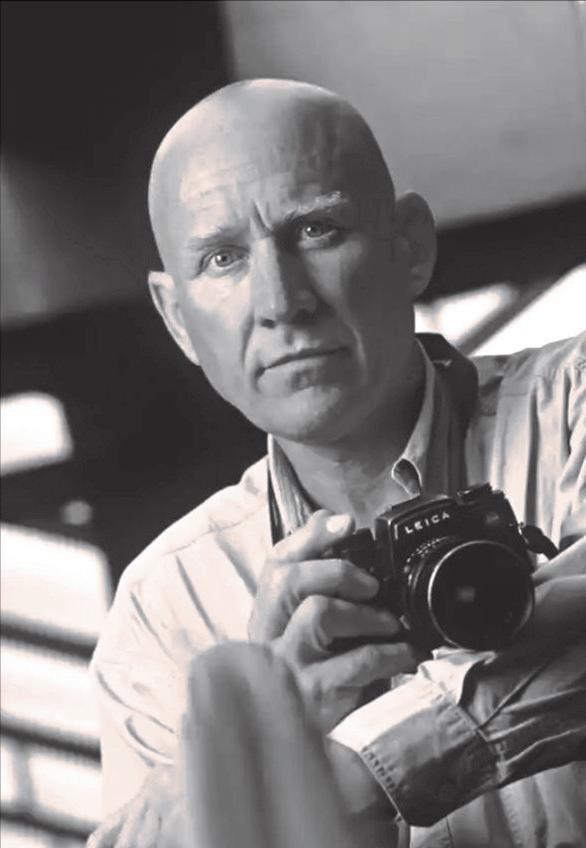
Image credit: @Vijoo Krishnan

Editor’s Note
Sebastião Salgado was not just a photographer he was a quiet force of witness. Born in Brazil and traversing the globe with a camera and a conscience, Salgado gave more than images. He gave us memory. He gave us empathy. From the parched Sahel to the misty Simien Mountains of Ethiopia, his black-and-white photos captured not just landscapes or faces, but entire worlds. He documented displacement, labor, community, and survival always with dignity, never spectacle.
At a time when the world often turned away, he looked closer. He saw the sacred in struggle, the sublime in silence. And in doing so, he redefined the role of photography not just as a passive observation, but as moral presence. This issue is a tribute to Salgado: the visionary, the activist, the poet of light. Through each section, we reflect on how his lens touched Ethiopia its people, its land, its coffee, and its soul.

Publishing Manager: Abrham Mulugeta


VISION NEVER FADES
In Memory of Sebastião Salgado (1944–2025)
On May 23, 2025, the world lost a visionary Sebastião Salgado, a seer of light & shadow, passed away at age 80
.His departure leaves a silence, but his work continues to speak: of struggle and . grace, of land and love.
Image credit: @Vijoo Krishnan

More than a photographer, he was a humanist He helped us see ourselves across borders, across time as one people, on one fragile, magnificent
planet. In his honor, let us keep looking. Let us see with kindness. Let us act with care. Sebastião’s images live on. So must his vision.
Buna Kurs
Light, Landscape, & the Human Condition
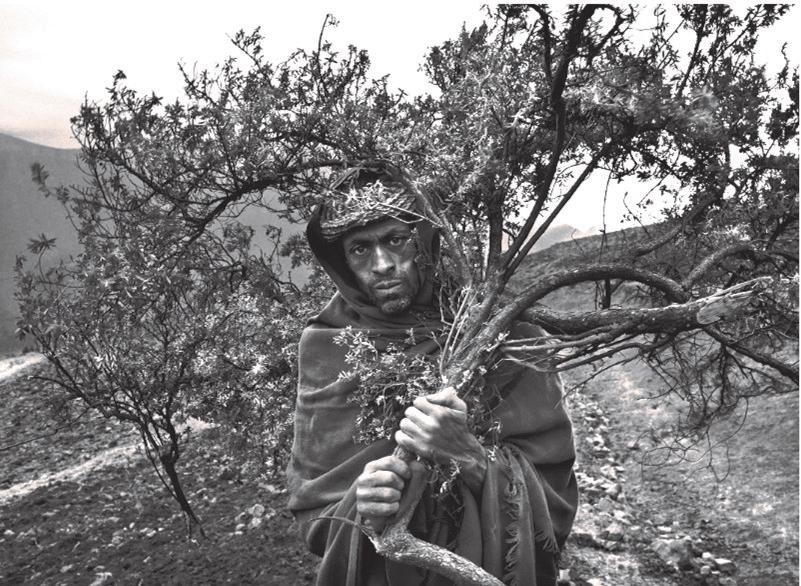

Buna Kurs ቡና
In the world of photography, few names evoke as much reverence as Sebastião Salgado. His work stark, monochrome, monumental lives not just in galleries but in the hearts of those who recognize its truth. Ethiopia was one of the places Salgado visited in the early 2000s while working on his global series Genesis. From the jagged cliffs of the Simien Mountains to the untouched rituals of the South Omo tribes, he captured an Ethiopia that felt both ancient and immediate preserved in time, yet fully alive.
His Ethiopian portraits were never exoticized. Instead, they held reverence. His eye sought the essential the quiet dignity of a Hamer elder, the geometric rhythm of terraced farmlands, the light glancing off a shepherd’s face at dawn. This tribute reminds us that Salgado’s artistry transcended borders. His photography speaks of interconnectedness, of landscapes and lives woven together. He didn’t just capture a country he honored its place in the shared story of humanity.


Buna Kurs
Image credit: @hindman


Gold Mines to Green Forests: A Legacy in Contrast
When you look at Salgado’s early work, you see suffering. Gold miners clawing through mud in Brazil. Refugees trailing through deserts in the Horn of Africa.
But when you follow his career’s arc, something rare happens a turn toward healing. After years documenting crisis, Salgado co-founded Instituto Terra with his wife Lélia in their native Brazil. What had once been a devastated stretch of land was reforested into lush Atlantic rainforest. A photographer became a planter of hope. This journey from witness to restorer mirrors efforts in Ethiopia too. From the Tigray exclosures that let degraded land regenerate, to the Green Legacy campaign that mobilized millions to plant trees we too are reimagining our relationship with land.
Salgado showed that art and activism aren’t separate. His lens made us care, but his hands made things grow. In a world often caught between despair and distraction, his example urges us toward repair of soil, of memory, of humanity.
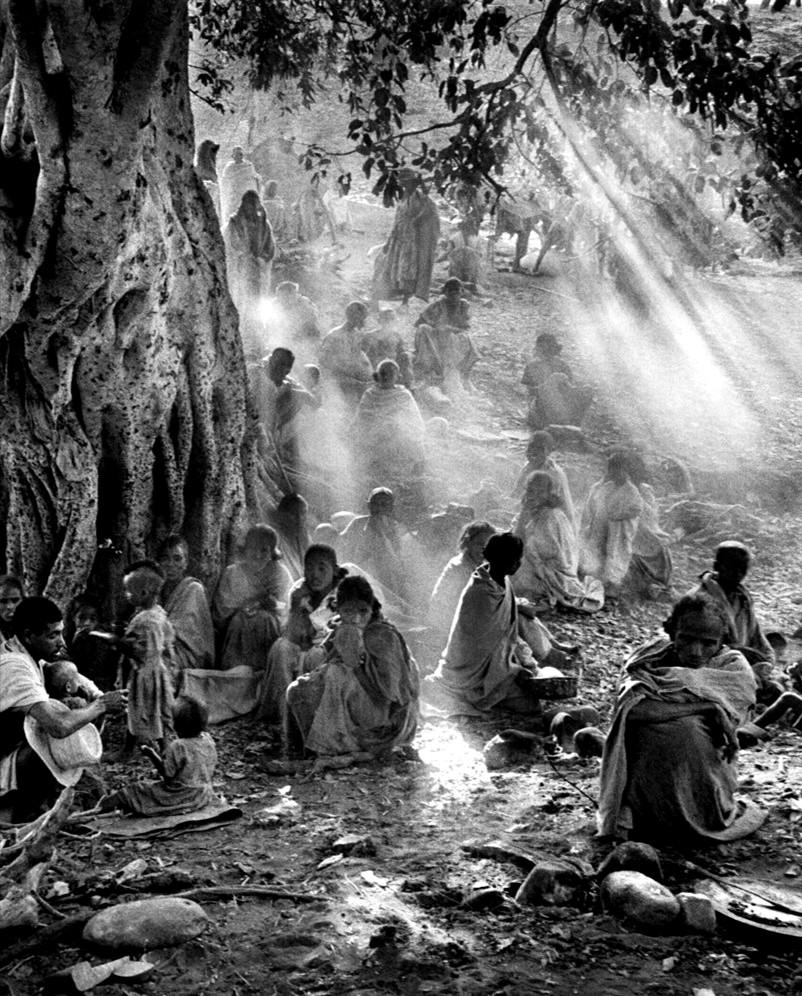

In His Eyes: Ethiopia Through Salgado’s Lens
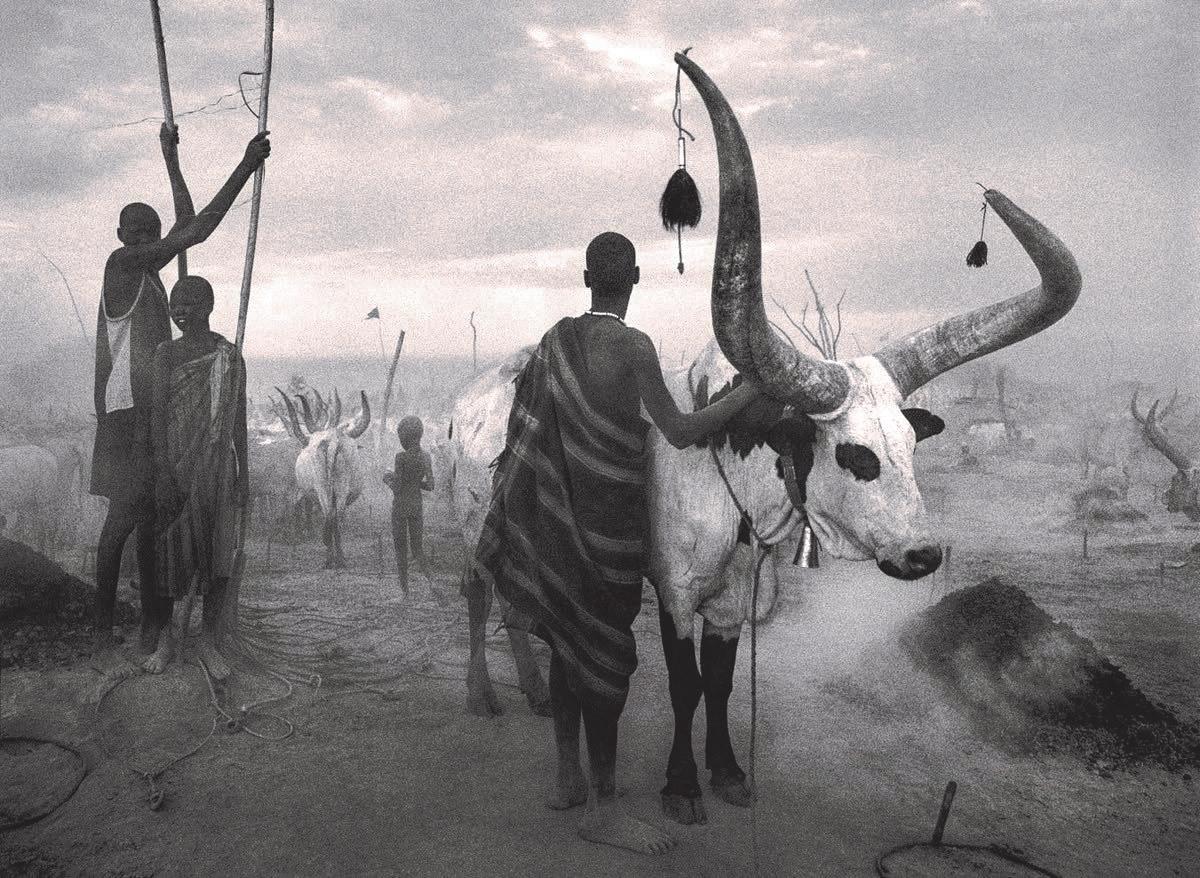
Step into any Salgado exhibit, and you’ll immediately feel it the stillness, the scale, the intimacy. But look closer at his Ethiopian images, and a deeper connection emerges.
During his travels across Ethiopia’s highlands and valleys, :Salgado captured a vision of the country that few outsiders ever understood. In the Simien Mountains, he photographed land-
Image credit: @smithsonianmag

scapes that seemed carved by time itself ridges like spines, valleys like whispers. In the South, he turned his lens on the Mursi, Karo, and Hamer peoples not to romanticize, but to preserve.
Each image was deliberate. A scarification pattern, a painted face, a glance held with quiet strength Salgado didn’t impose a narrative. He received one.


COFFEE & HUMANITY: An Unfiltered
Portrait
AAmong Salgado’s lesser -known but deeply resonant projects is his documentation of coffee growers around the world from Colombia to Ethiopia.Coffee, after all, is labor. It is soil, sweat, and sunrise.
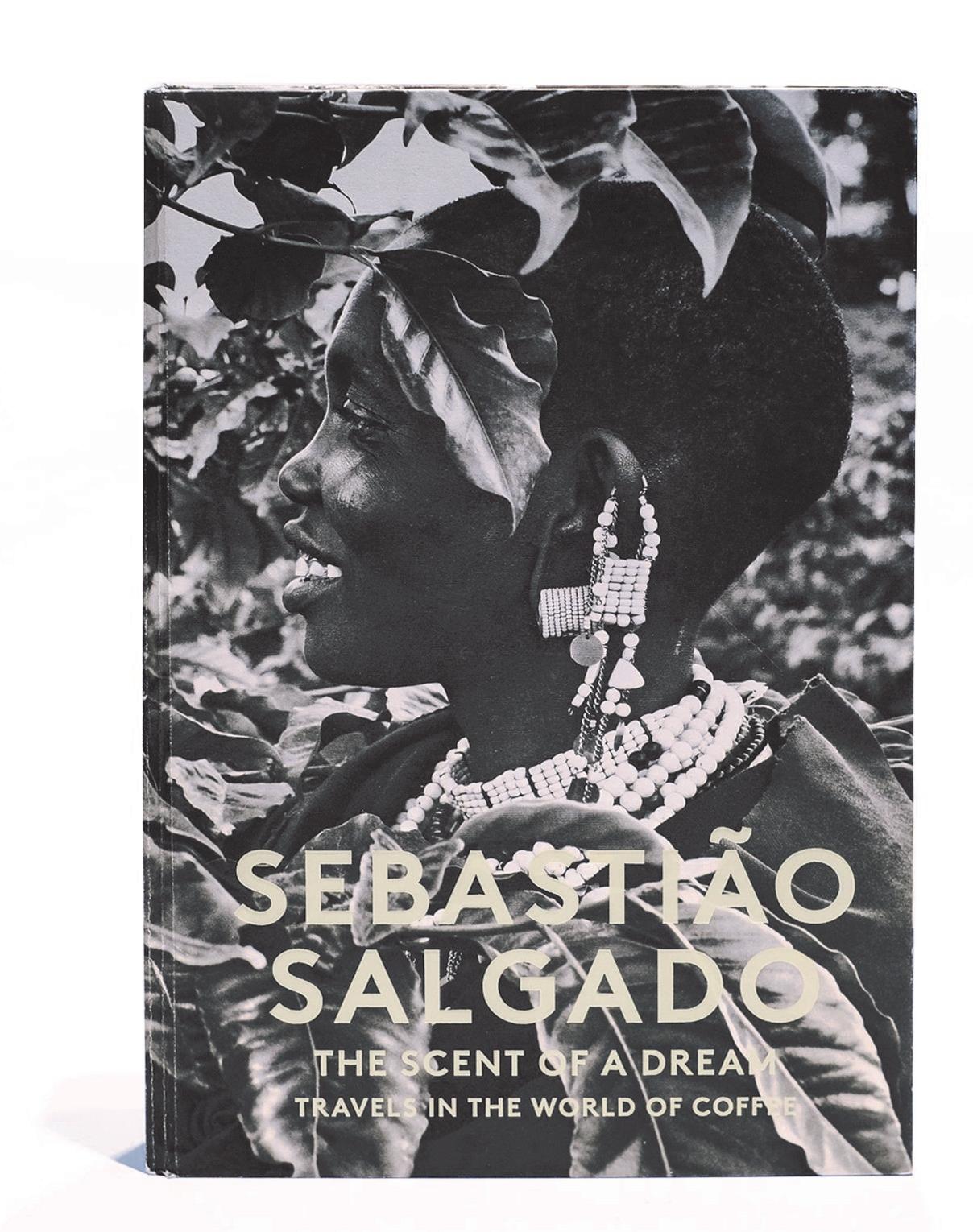

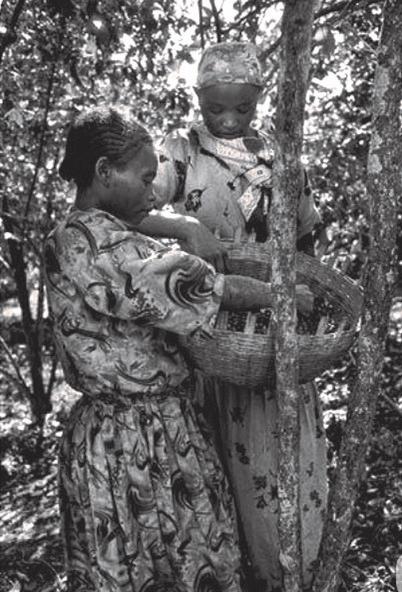
Image credit: @Vijoo Krishnan


tIn his visits to Sidamo and Yirgacheffe, Salgado photographed not just the crop, but the people: farmers sorting cherries, elders sitting under drying beds, children walking through misty rows of trees. His black-and-white style stripped away distraction. What remained was form and feeling the texture of hands, the arc of a branch, the humility of work. These were not just agricultural images; they were acts of recognition.
At Buna Kurs, coffee is both symbol and substance.
And in Salgado’s images, we find a mirror of our values to elevate the everyday, to honor the origin, and to see beauty in what sustains us.
In this section, we pair his coffee portraits with today’s Ethiopian growers continuing a tradition of care that stretches from seed to soul.
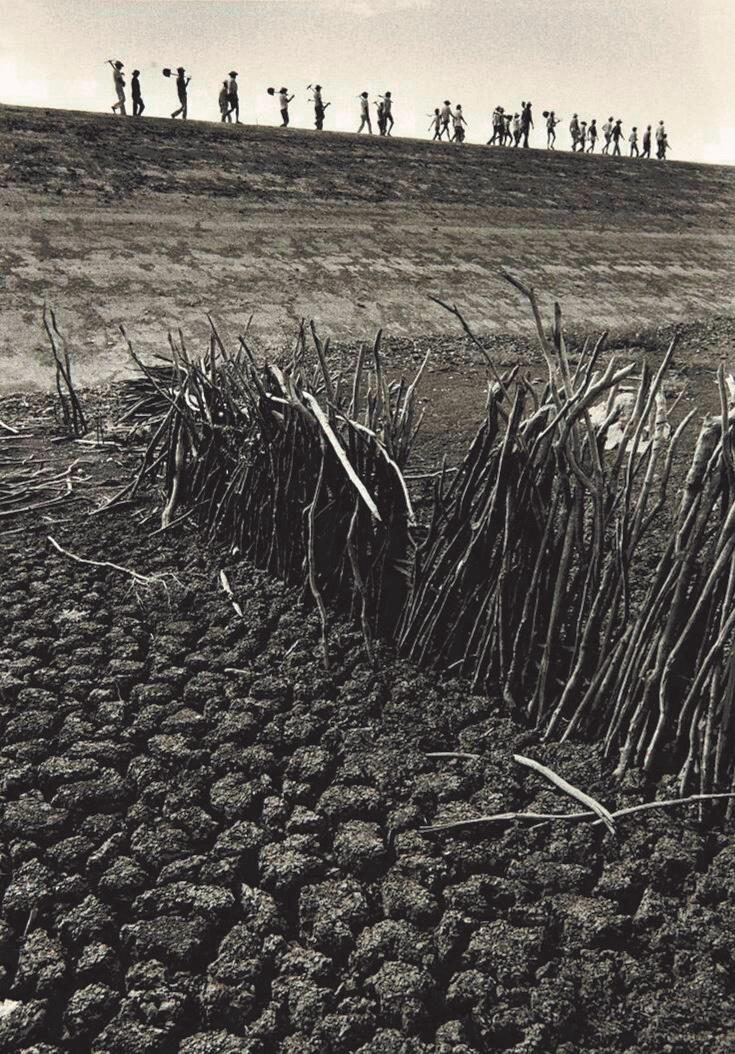
Image credit: @Vijoo Krishnan

The Quiet Power of Black and White
Salgado’s photographs are unmistakable: black and white, vast in scope, yet intimate in detail. Why did he resist color in a world awash with it?
Because for Salgado, black and white was truth. It removed distraction. It allowed the eye to settle not on surface, but on essence. Light became a character. Shadow, a narrative tool.
Image credit: @smithsonianmag
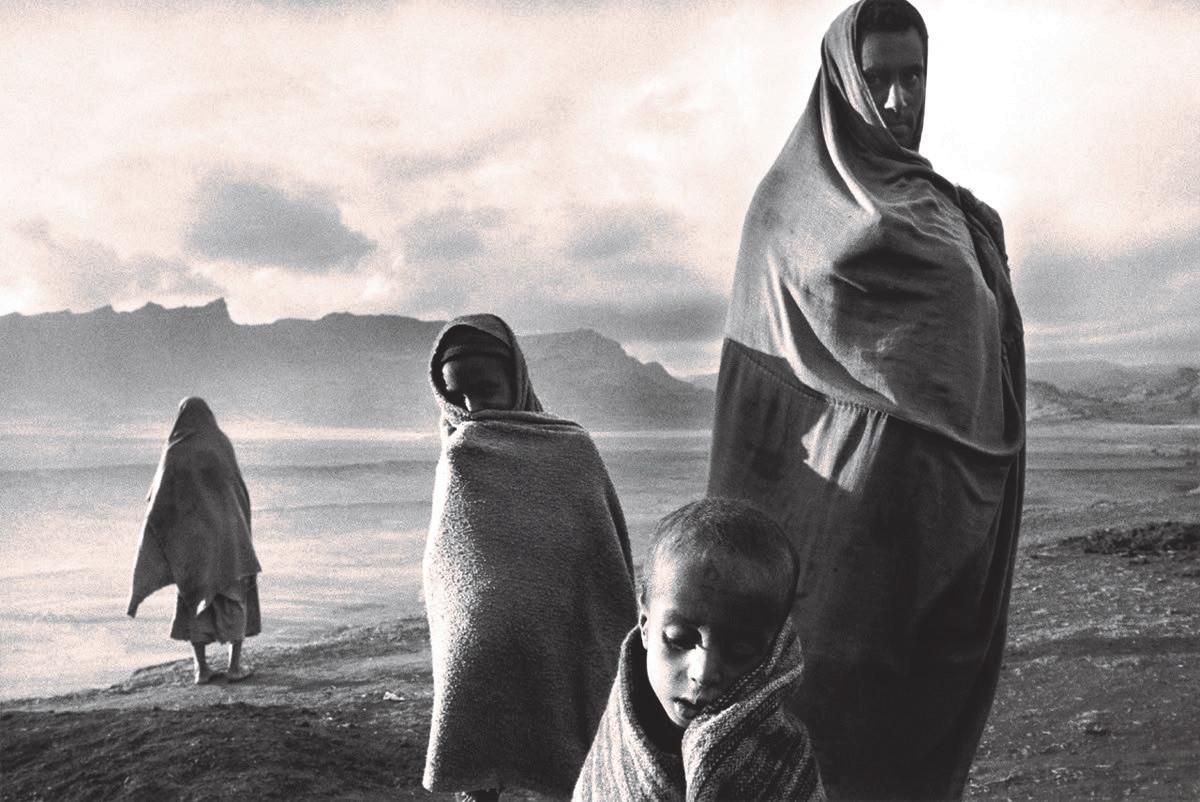
In Ethiopia, this approach feels especially profound. The contrast of highland fog and sunlit skin, of braided hair against dusty soil monochrome distills rather than erases. This section includes commentary from Ethiopian visual artists and photographers who’ve drawn inspiration from

Salgado’s discipline. In Addis, Lalibela, Bahir Dar black-and-white photography is resurging. In a time when image saturation dulls impact,
Salgado’s aesthetic remains radical. His photos are not just pictures they are meditations. And their simplicity is their strength.
Buna Kurs
Image credit: @Amsale

Image credit: @monopolmagazin

A Life Etched in Light:
Family, Purpose, and Planet
Long before he was a global icon, Sebastião Salgado was an economist. His academic training shaped how he saw systems of inequality, of trade, of land use. But it was photography that gave him language. His wife and collaborator, Lélia Wanick Salgado, helped shape every project from editing negatives to designing exhibitions. Their partnership was both artistic and intimate, rooted in mutual purpose.Salgado was also a father and
mentor. His home life reflected a balance between quiet retreat and fierce commitment to justice. Friends say he carried the same humility in person as he showed through the lens. Ethiopians will recognize this rhythm the intertwining of family, artistry, and land. It’s how we live too. This section brings us closer to the man behind the Leica. Not the globetrotting photographer, but the gentle observer. Not the activist, but the husband, the father, the planter of trees.







